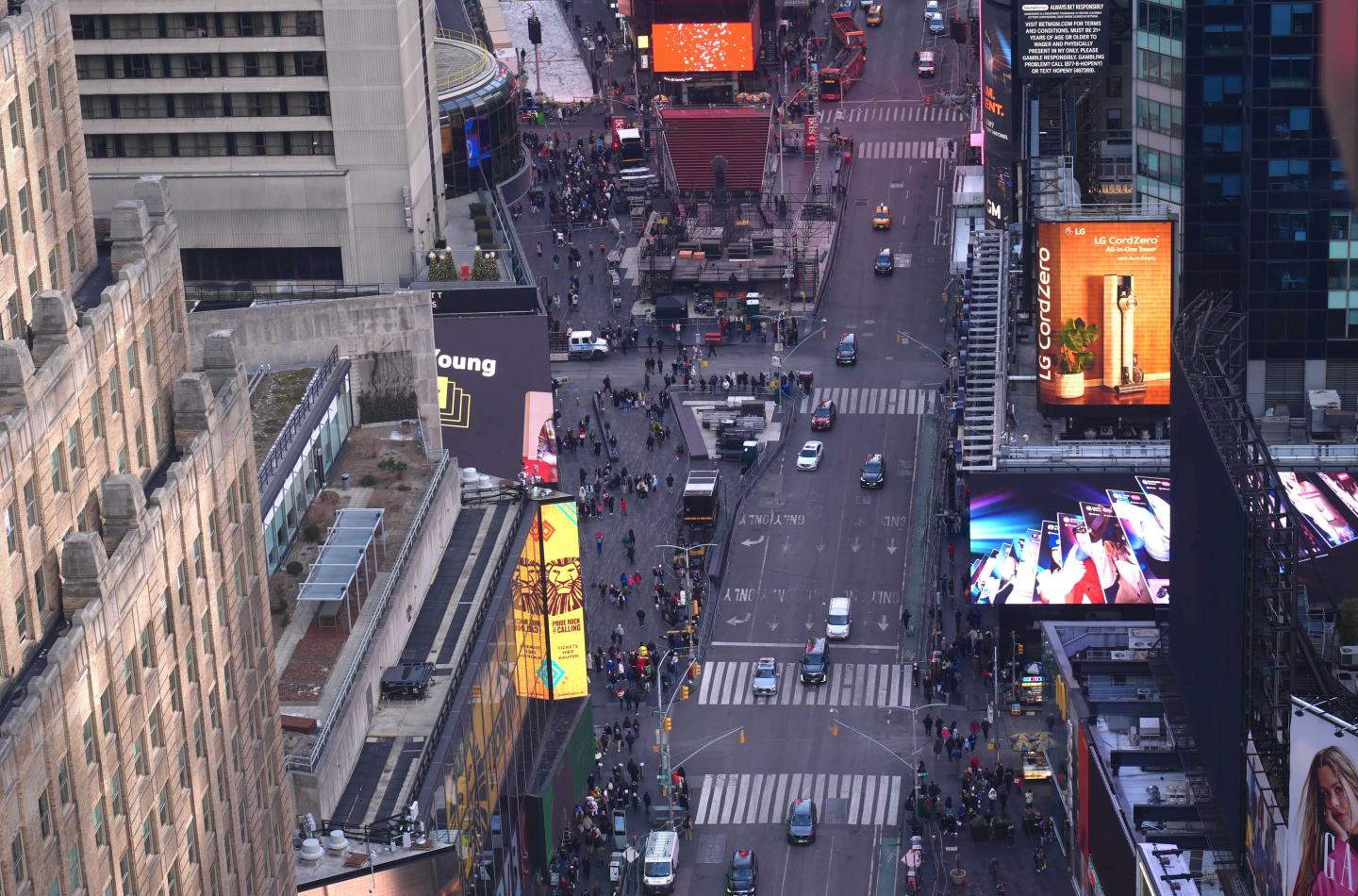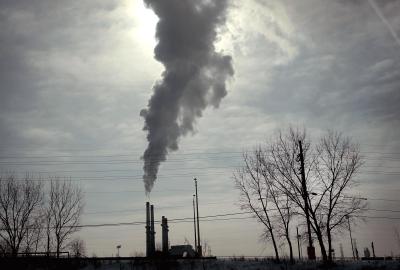Yes, New York City’s congestion pricing program is still in effect — and it’s working
It’s been a wild ride for congestion pricing, New York City’s long-awaited traffic and pollution reduction program, which has survived more twists and turns than Agent Ethan Hunt in Mission: Impossible. The system launched in January after years of study, public hearings, regulatory procedures, court cases, an unexpected pre-launch pause and a reset. It has remained in effect, surmounting multiple legal challenges in state and federal courts, and despite the Trump administration’s continuing efforts to shut it down.
But there has been one constant in the chaos — data shows that congestion pricing is working.

The program, which charges passenger vehicles $9 to enter southern Manhattan (below 60th street) during the day, has raised more than $100 million in funding for public transit in its first two months alone. And nearly 6 million fewer vehicles have entered the congestion zone so far this year compared to last, according to city data, speeding up commutes in one of the most traffic-clogged regions of the world.
“More than 6 million people who ride public transit every day are starting to see the benefits from congestion pricing funding and faster bus times throughout the city,” says Andy Darrell of Environmental Defense Fund, who has worked for more than a decade to get congestion pricing started. "Already, drivers are spending less time stuck in traffic and businesses in the zone are seeing an uptick in foot traffic and sales.”
Faster commutes and fewer school tardies
With 60,000 to 80,000 fewer vehicles on the roads each day, bus speeds are up 4 percent across the entire system, with some trips reduced as much as 10 minutes, according to the Metropolitan Transit Authority. The agency is now looking at altering bus schedules to reflect faster travel times.
It’s not just city buses that are moving faster. School bus operator NYCSBUS analyzed data for 130 school bus routes through the zone and found that late arrivals dropped 48% after congestion pricing launched.
Drivers coming in from New Jersey are seeing some of the biggest benefits — up to 21 minutes in reduced travel times.
Several polls have shown growing support for congestion pricing across the state, while in New York City, six out of ten support the program, according to a poll by Morning Consult.
Economic boost in the zone
Some local businesses have been concerned about losing customers, but sales data shows an improvement. Retail sales in the zone are on pace to be $900 million higher in 2025 compared to last year, according to credit card sales data from Affinity.
“We were definitely concerned in the beginning about how congestion pricing might affect our operations and costs,” said restauranteur Ulrika Bengtsson, who owns Bjork Cafe and Bistro, in a recent interview with AM New York. “But nearly five months in, we’ve adapted well. So far, the impact has been more positive than expected, though we remain mindful of potential long-term effects, especially for small businesses with tighter margins.”
Environmental news that matters, straight to your inbox
Quality of life improvements
With the new funds rolling in, the MTA says it has moved forward with improvements such as installing subway elevators, continuing work to expand the 2nd Avenue subway line and purchasing 265 new electric buses, which will further reduce air pollution in the city.

Perhaps the most noticeable change so far, however, is the silence. Noise complaints about excessive honking are down 70%, according to NYC311, the city’s non-emergency service line for residents.
The Trump administration continues its threats to shut down congestion pricing but will have to win in court to do so. In the meantime, the MTA has countersued to stop the federal interference. The dispute will likely not be resolved until the fall.
Previous attacks on congestion pricing in court have failed, and New York Governor Kathy Hochul has not acceded to the Trump administration’s demands to terminate the program, saying, “The program is working. Traffic is down, business is up and the cameras are staying on.”


